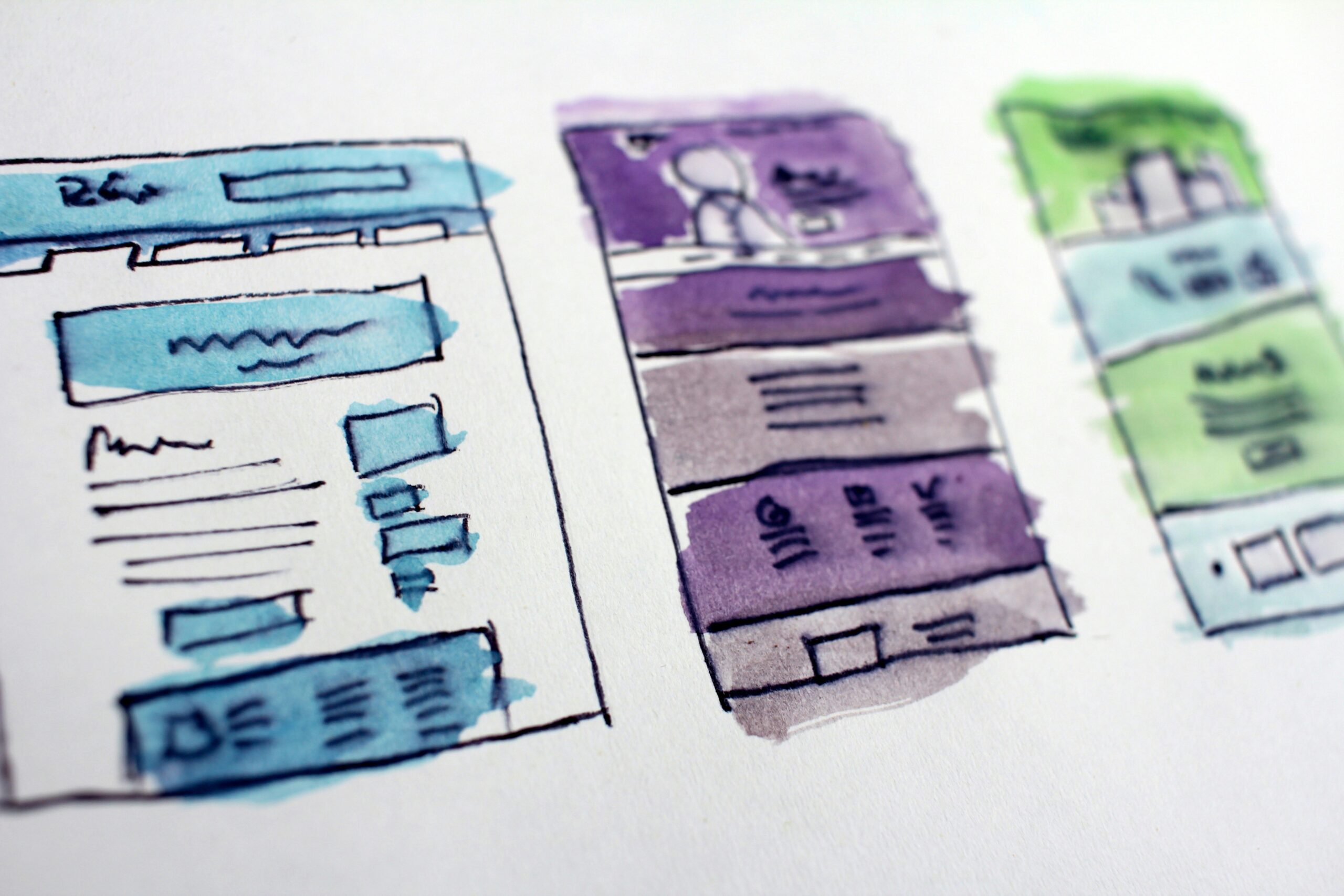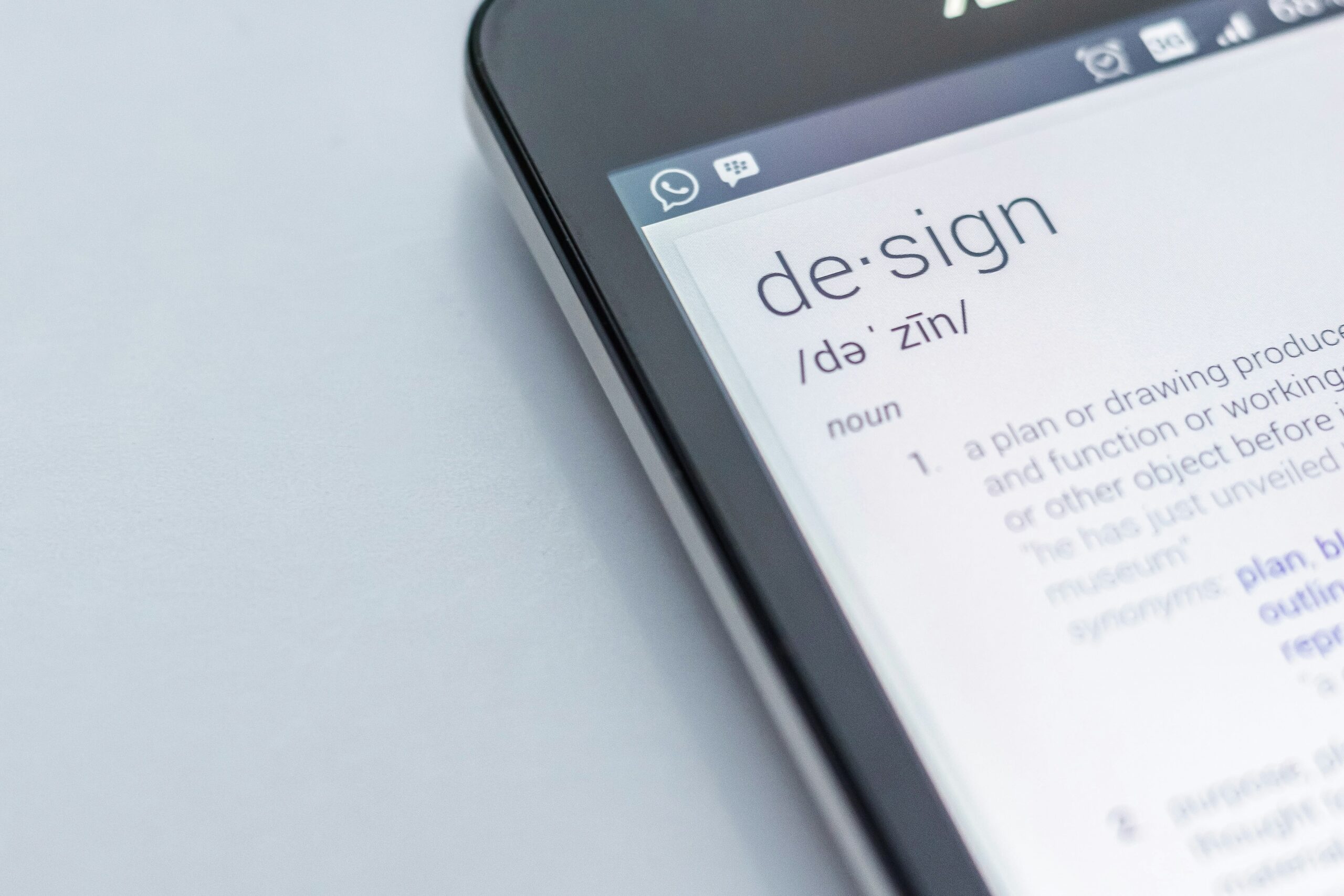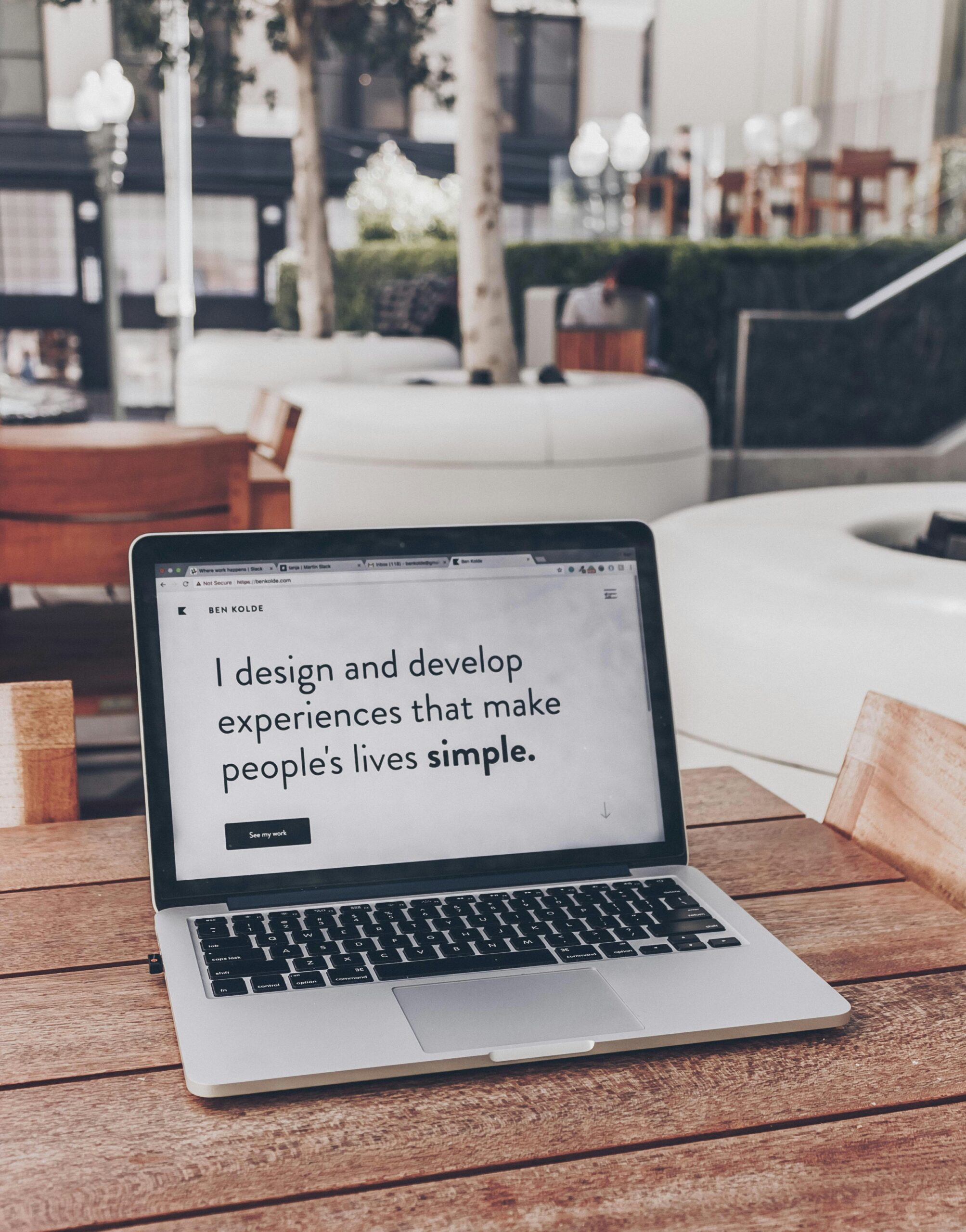In recent years, the field of User Interface (UI) and User Experience (UX) design has witnessed significant advancements thanks to the integration of Artificial Intelligence (AI) technologies. As AI continues to evolve, it is revolutionizing the way designers approach UI/UX, leading to more efficient and personalized experiences for users.
1. Personalized User Experiences
AI-driven design enables the creation of highly personalized user experiences. By analyzing user data, AI algorithms can understand individual preferences, behaviors, and patterns. This allows designers to tailor interfaces to meet the specific needs of each user, resulting in more engaging and intuitive experiences.
For example, AI can analyze a user’s historical data and behavior to predict their preferences and display relevant content or features. This level of personalization enhances user satisfaction and increases the likelihood of conversions.
2. Automated Design Processes
AI-powered tools and platforms are automating various aspects of the design process, saving time and effort for designers. Machine Learning algorithms can analyze large datasets to identify design patterns, generate design suggestions, and even create prototypes.
These AI-driven tools assist designers in generating design variations, conducting A/B testing, and making data-driven decisions. This automation allows designers to focus more on creative aspects and strategic thinking, rather than spending excessive time on repetitive tasks.
3. Improved Accessibility
AI is playing a crucial role in enhancing accessibility in UI/UX design. By leveraging AI technologies, designers can create interfaces that cater to users with diverse abilities and disabilities.
For instance, AI-powered voice assistants and chatbots enable users with visual impairments to interact with interfaces more effectively. AI can also analyze speech patterns and provide real-time feedback to users with speech difficulties, making it easier for them to navigate digital interfaces.
4. Enhanced Data Analysis
AI algorithms can process vast amounts of data and extract valuable insights that inform design decisions. By analyzing user behavior, AI can identify pain points and areas for improvement in the user experience.
Designers can use AI-driven analytics tools to gain a deeper understanding of user interactions, preferences, and engagement patterns. This data-driven approach allows for continuous optimization and refinement of UI/UX designs, resulting in better user satisfaction and business outcomes.
5. Intelligent Content Creation
AI is also transforming content creation in UI/UX design. Natural Language Processing (NLP) algorithms can generate human-like text, eliminating the need for manual content creation.
With AI-driven content generation, designers can quickly create personalized messages, product descriptions, and even chatbot conversations. This saves time and resources while ensuring consistent and high-quality content across different touchpoints.
6. Ethical Considerations
While AI-driven design brings numerous benefits, it also raises ethical considerations. Designers must be mindful of potential biases in AI algorithms and ensure that the user experience is fair and inclusive.
Additionally, privacy concerns arise when collecting and analyzing user data to personalize experiences. Designers must strike a balance between personalization and user privacy, ensuring that data is handled responsibly and transparently.
Conclusion
The integration of AI technologies in UI/UX design is shaping the future of the field. From personalized experiences to automated processes and improved accessibility, AI-driven design trends offer immense potential for creating user-centric interfaces.
However, designers must remain mindful of ethical considerations and prioritize user privacy. By leveraging AI responsibly, designers can unlock new possibilities and deliver exceptional user experiences in the ever-evolving landscape of UI/UX design.











Leave a Reply